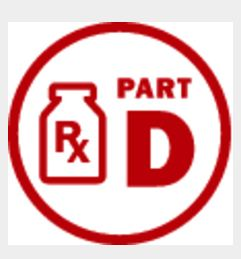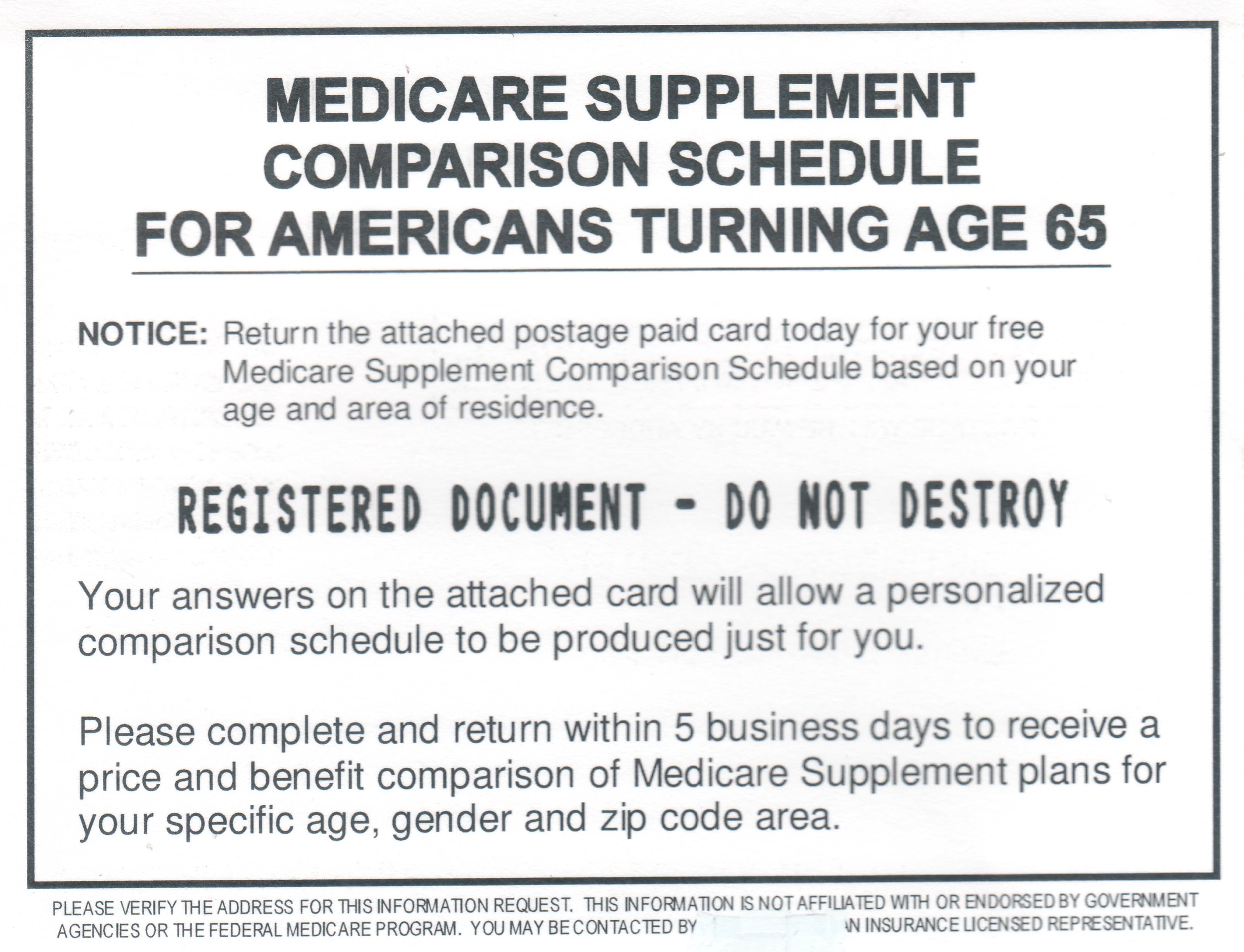
The Jackson Five’s number one hit single in 1970 takes the convoluted topic of love and boils it down to a few letters. Sweet simplicity. “All you gotta do is repeat after me,” Michael sings, “It’s as easy as A B C.”
Well, I figured if the Jackson Five can make love easy to understand, the least I can do is attempt the same thing with the complexities of basic Medicare. So here goes nothing. Medicare: it’s as easy as parts A B C…and D.
Part A (Inpatient Coverage)
Part A is hospital insurance. A.K.A inpatient care. A.K.A healthcare coverage for any care received while you are officially checked in at a hospital. Beyond that definition, Part A also covers limited home health services, hospice care, and skilled nursing facility care. If you paid into Social Security for more than 40 quarters (10 years), then good news! Part A is provided at no cost to you.
Part B (Outpatient Coverage)
Part B is exactly the opposite, covering care received while checked out of a hospital. It covers services such as outpatient surgeries, diagnostic tests, lab tests, x-rays, and a laundry list of preventive services that are covered in full. Unfortunately, Part B does have an associated premium of $121.80 per month (in 2016), a fee which is adjusted for those of higher income (don’t worry…this applies to very few people).
Part C (Medicare Advantage)
Part C is a whole different ball game. So pay attention, it could get a bit messy. Although Part C is offered as a Medicare associated program, it actually replaces Medicare Parts A and B as the payer of your claims. As opposed to being offered by Medicare, it is offered by private insurance companies who have contracted with Medicare. It covers everything that Parts A and B covers and may even provide additional benefits such as drug coverage. However, you usually have to pay a separate premium to receive Part C.
Part D (Drug Plan)
Part D helps cover the bills for your pills! In other words, it is your prescription drug coverage. Like Part C, it is offered through private insurance companies. And like Part B, the premiums are sometimes (but rarely) adjusted for those of higher income. The cost is difficult to pin down because it varies so drastically from company to company. But—just to give you an idea—the average cost of a Part D drug plan is $34.10 (in 2016).
At Seniormark, we believe that the transition to Medicare does not need to be confusing and stressful. We would love talk to you about your options to get you in the right plan for your needs. Medicare may not be as easy as the Jacksons’ suggest, but that does not mean it cannot be made simple with the help of our trusted experts. So sit down and relax! Let us spell it out for you.
Not sure what to do next? To get you started, download our free guide, “Introduction to Medicare”.
Call Seniormark today at 937-492-8800 for a free consultation!




